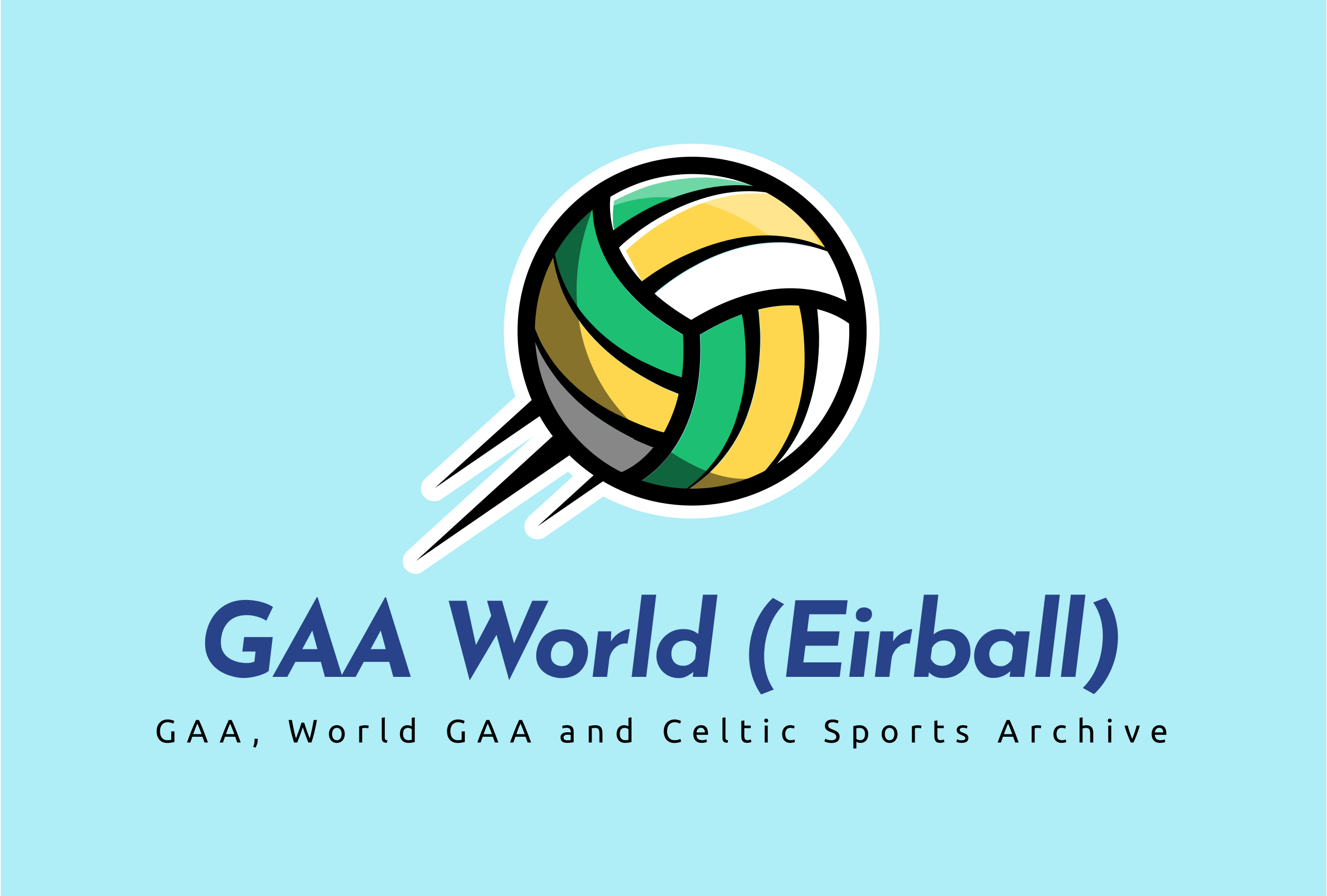Scoreboard
Early Pre-GAA Inter-Provincial Hurling 1747-1799
| Match Day |
|---|
 
7:28 pmEarly Pre-GAA Inter-Provincial Hurling
Mumhan vs Laighean |
 
1 - 0Early Pre-GAA Inter-Provincial Hurling
Laighean vs Mumhan |
 
1 - 0Early Pre-GAA Inter-Provincial Hurling
Laighean vs Mumhan |
 
0 - 0Early Pre-GAA Inter-Provincial Hurling
Laighean vs Mumhan |
 
7:37 pmEarly Pre-GAA Inter-Provincial Hurling
Laighean vs Mumhan |
 
0 - 0Early Pre-GAA Inter-Provincial Hurling
Laighean vs Mumhan |
note: Exact Dates in October 1747 and in 1792 not known. [References: S-1 to S-2]
Report
Outside of the Myths and Legends associated with Ireland which mention Ancient Gaelic and Celtic Heroes such as Setanta and the extraordinary feats attributed to them, the earliest mention of Hurling in the record is in the Eighteenth Century, where it is commonly referred to in the newspapers as Hurley, Hurling, Caman and Shinty. [References: S-1 to S-2]
Even by this stage the differences between Hurley/Hurling, also known as Summer or Leinster Hurling or Iomáiníocht in Irish, and Camán or Camánaíocht in Irish, which was played across the Northern Half of the Island of Ireland, and Shinty or Camanachd in Scottish Gaelic, which was played primarily in the Scottish Highlands, was discernible from the reports. [References: S-1 to S-2]
In Iomáiníocht, the players could already at this stage run with the ball balanced on the end of a curved stick, whereas in both Camánaíocht and Camanachd players attempted to hit the ball from the ground. Camánaíocht died out in the Northern half of the country after Trinity College Dublin, which played that version of the sport switched to Hockey, and all other Camánaíocht clubs followed suit. [References: S-1 to S-2]
The matches were played until one team scored a goal, there being no points at the time, as goals were run through the goalline between posts made of a pliable stick planted at both ends in the ground, and bent over to create a arc through which the players tried to run with the ball on the stick. Teams were 20, 21, 12 or 100-a-side according to various reports. [References: S-1 to S-2]
The first mention of Inter-Provincial Hurling games are in 1747 when the last match of the season was advertised between Leinster and Munster for a spectator fee of 3d. Players often played for a winners pot. In 1748 there were two games arranged between Leinster and Munster at Crumlin Commons, spelt Crumblim in the newspapers of the time, in Co. Offaly. Matches were usually best-of-three and the first team to score in a game won that game. Leinster won both of those games in 1748 and therefore the series, while in 1749 a game between the two provinces ended due to fading light with neither side scoring. [References: S-1 to S-2]
A game in Urlingford, Co. Kilkenny was also played in 1768 and in 1792 in the Phoenix Park, Dublin a combined Connacht & Munster team played out a scoreless tie with Leinster. After 1800 the traditional games died out and the rise of Codified versions of the games appeared. [References: S-1 to S-2]
Irish Stamp showing early Hurling player

Item ID: 1282796593 Picture Credit: Contributor spatuletail [Internet] Available from: https://www.shutterstock.com/image-photo/milan-italy-december-12-2018-field-1282796593 [Accessed 5 January 2022]
References
[S-1] Seamus J King (1996, 1998) “A Popular Game in the Seventeenth and Eighteenth Centuries” A History of Hurling. pp. 10-24. Gill and Macmillan. Dublin, 1996, 1998.
[S-2] Paul Rouse (2015) “The Spread of Sporting Clubs: Hurling” Sport & Ireland: A History. pp. 75-83. Oxford University Press. 2015.
Logo References
[P-2] Leinster GAA | Twitter (2019) Leinster GAA Profile Image [Internet] Available from: https://pbs.twimg.com/profile_images/1032596419776053249/1SqW6Soj_400x400.jpg%5BAccessed 11 December 2019]
[P-3] Munster GAA Facebook (2012) Profile Picture, May 15, 2012 [Internet] Available from: https://www.facebook.com/munstergaa/photos/a.328794167168223/367570206623952/ [Accessed 1 March 2022][Actual Logo Reference at: https://scontent-dub4-1.xx.fbcdn.net/v/t1.18169-9/148790_367570206623952_1809766534_n.jpg?_nc_cat=101&ccb=1-5&_nc_sid=09cbfe&_nc_ohc=0uLcNeEe3_EAX8em9Ja&tn=7uF7rGUPgPXI7zGG&_nc_ht=scontent-dub4-1.xx&oh=00_AT8KCp3R-Cx0zmam5Qw1kxKZb9ZNB9Bcl-ubT4Pl-Oh1JA&oe=62459B06 [Accessed 1 March 2022]
ACKNOWLEDGEMENTS
Thanks to Tony Meenaghan
ABOUT THIS DOCUMENT
Researched, compiled and written by Enda Mulcahy for the
Eirball | Irish North American & World Sports Archive / GAA World Archive
Last Updated: 31 May 2022
(c) Copyright Enda Mulcahy and Eirball 2022
You may quote this document in part provided that proper acknowledgement is given to the authors. All Rights Reserved.The Logos and Photos used in this article remain the property of the organisations and individuals which own the copyright and are used here for educational and information purposes only.

